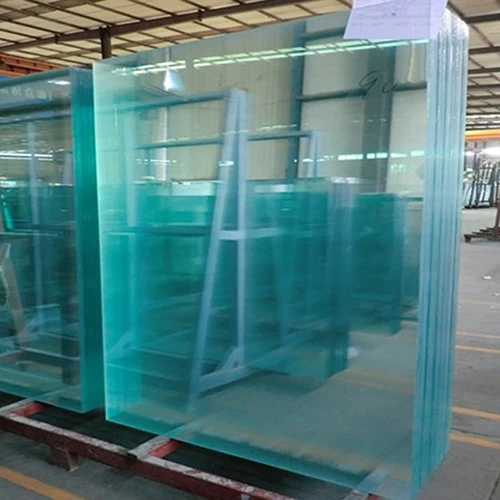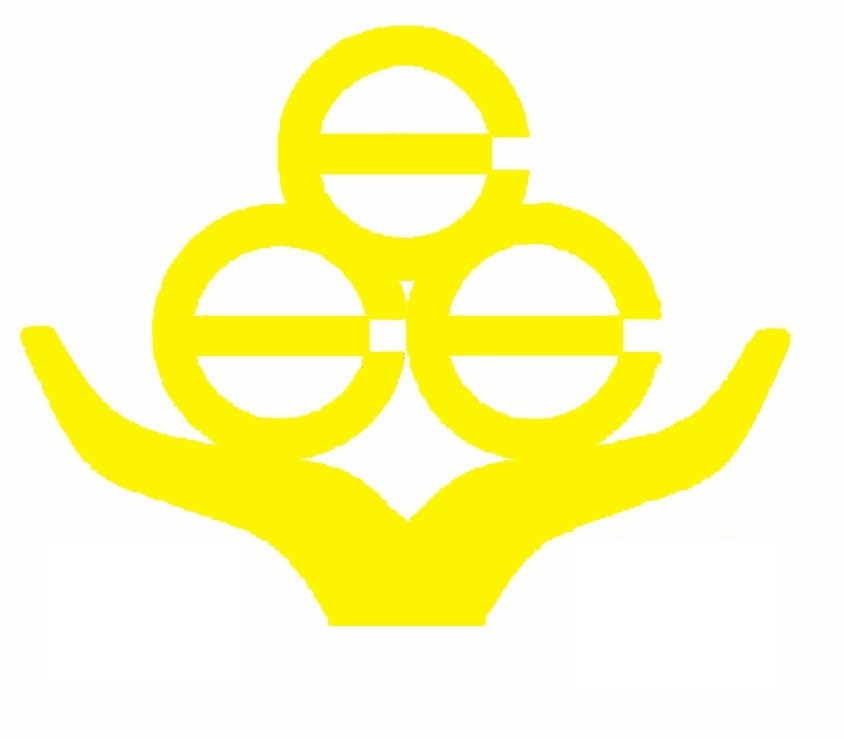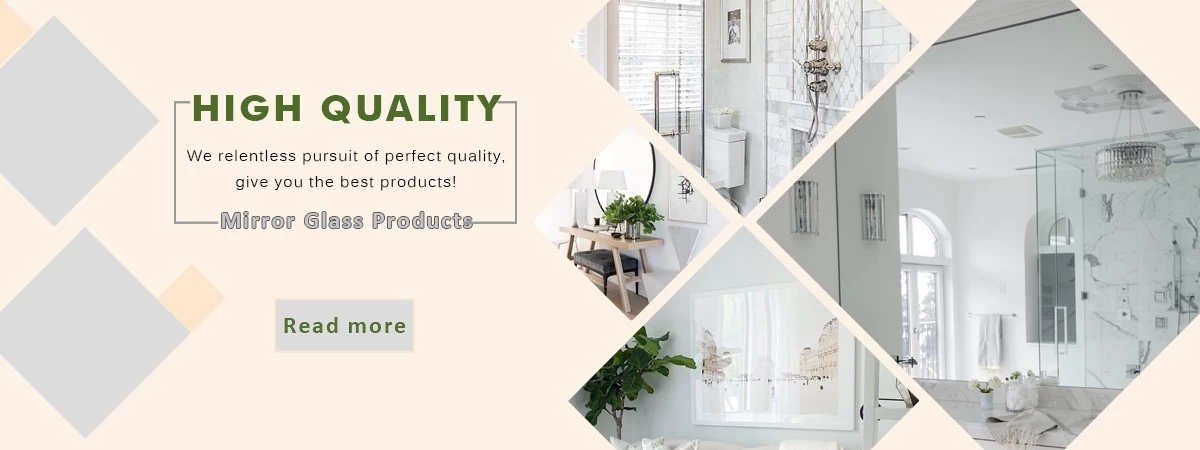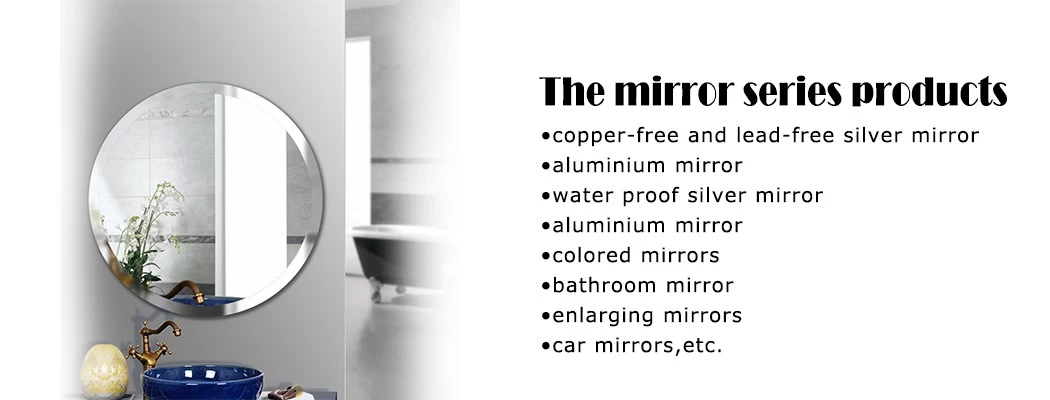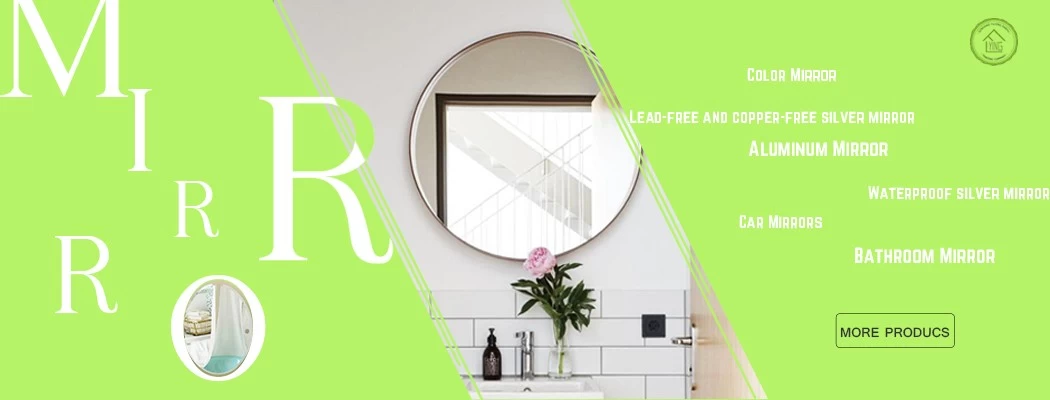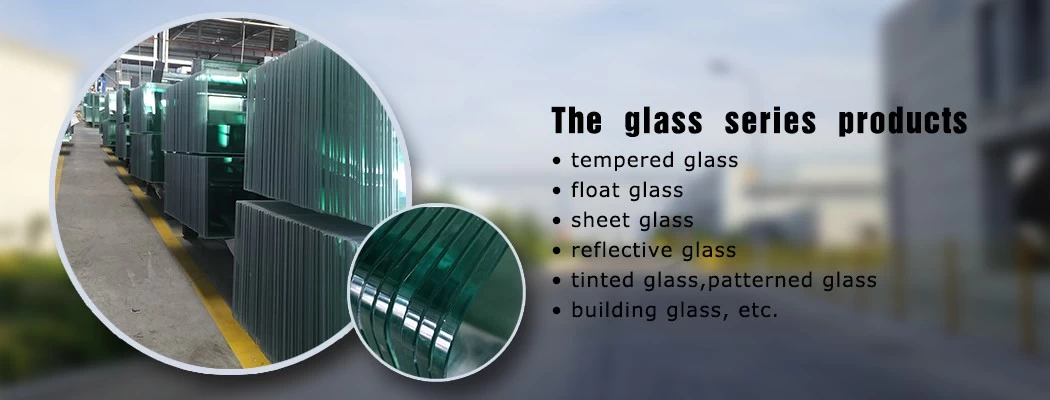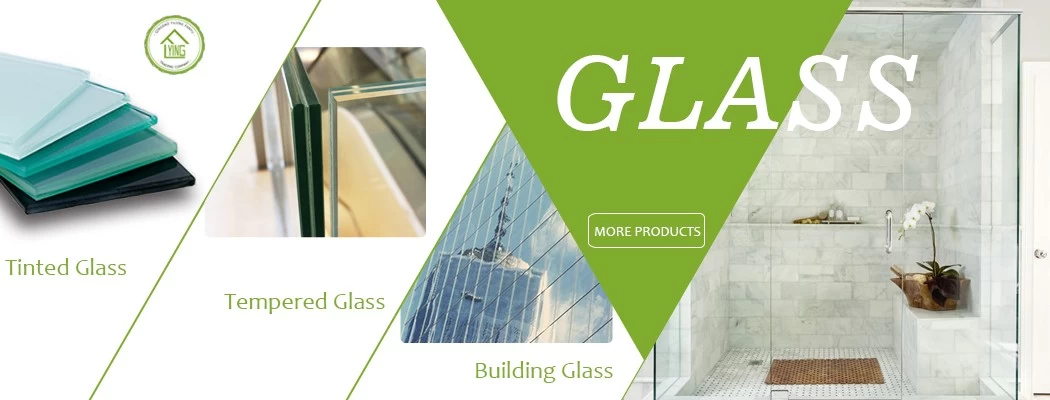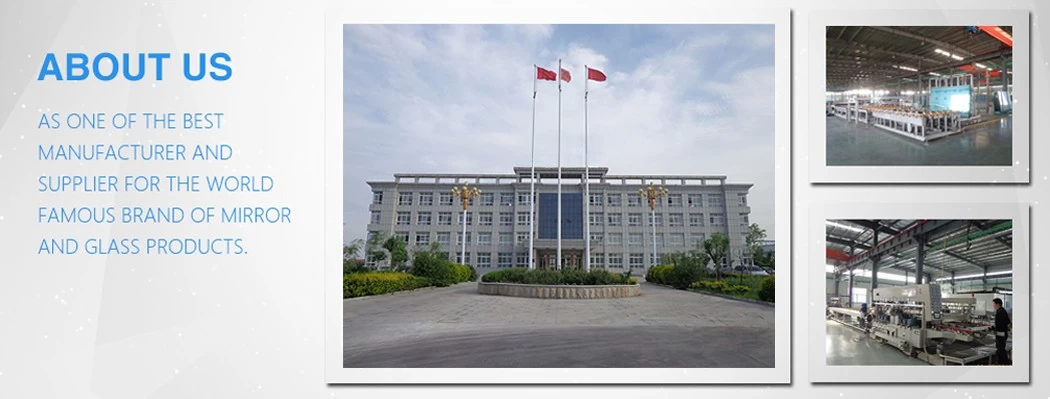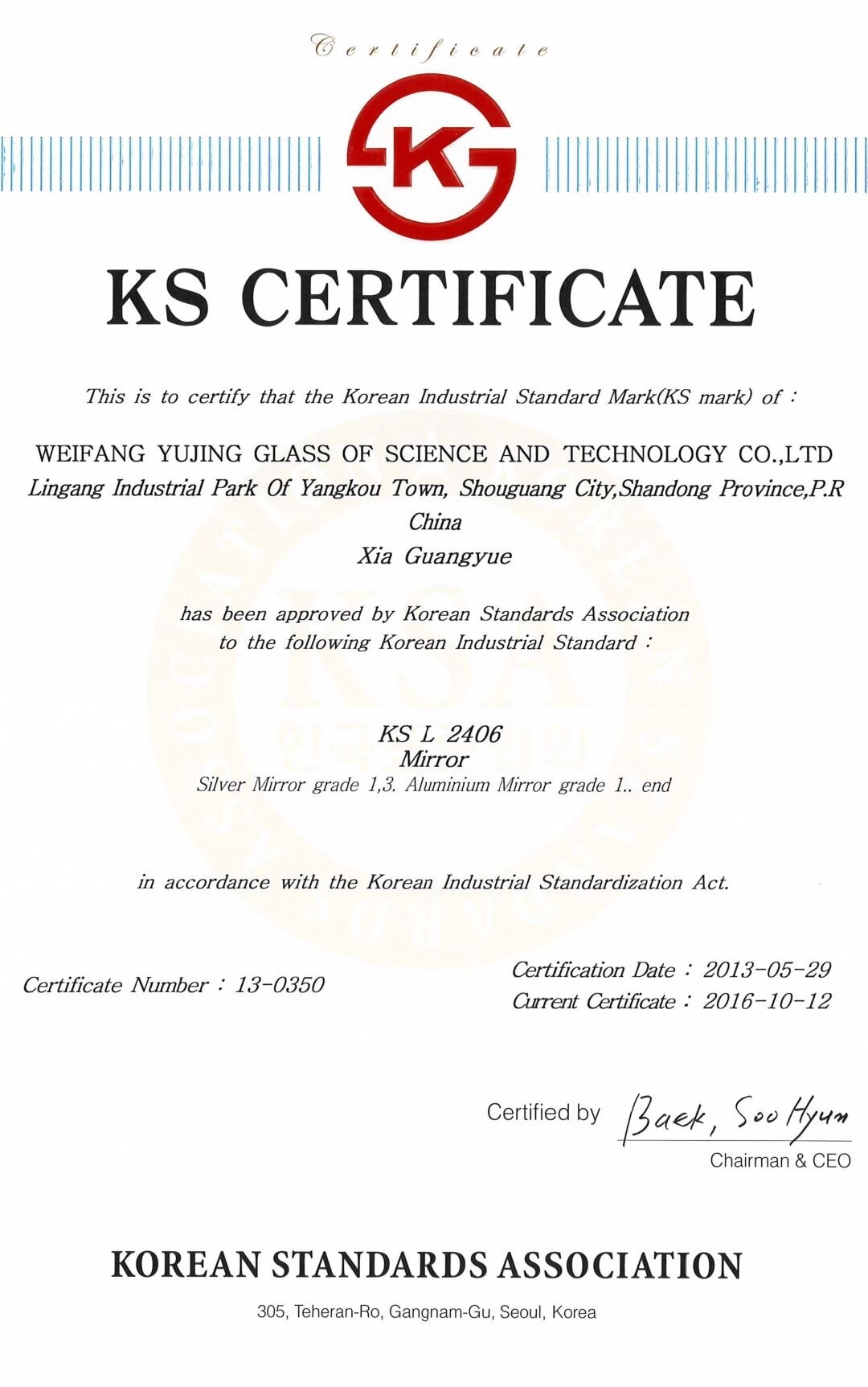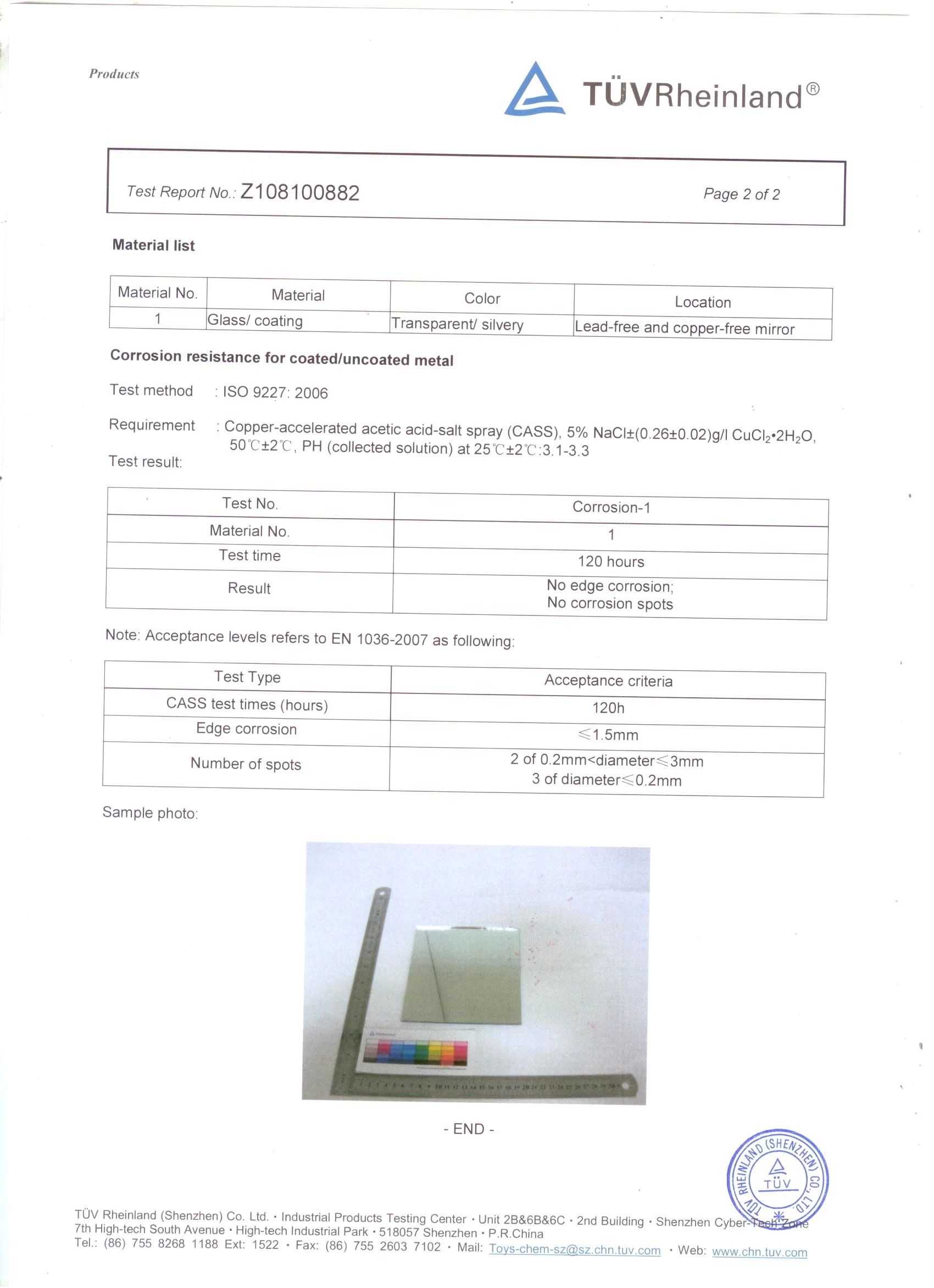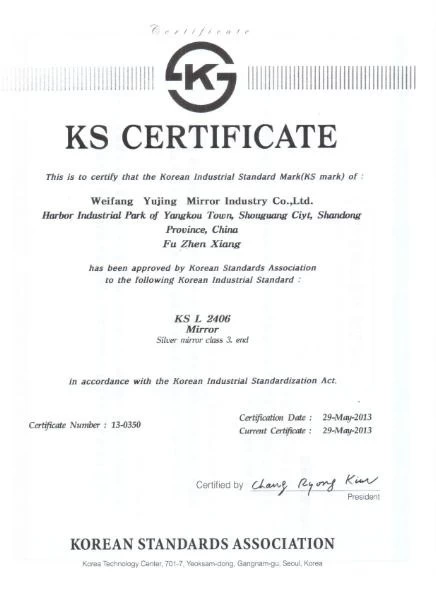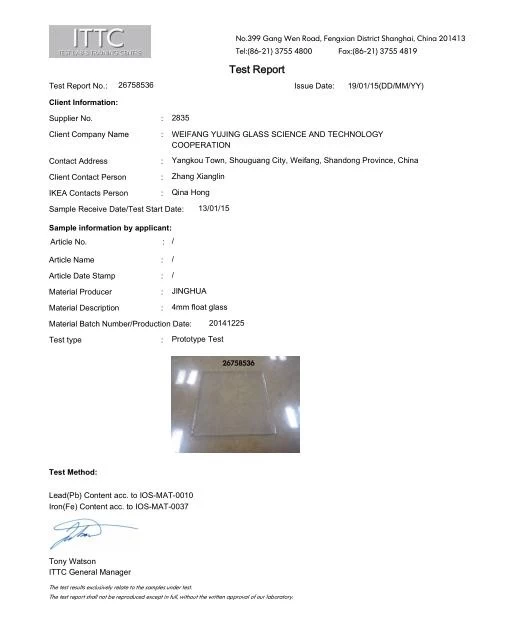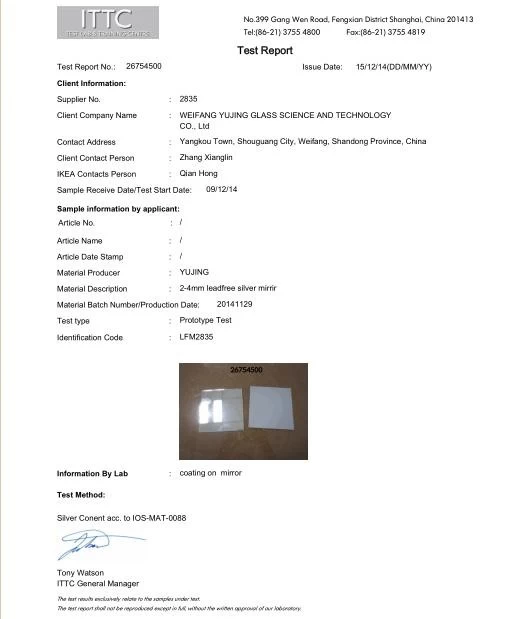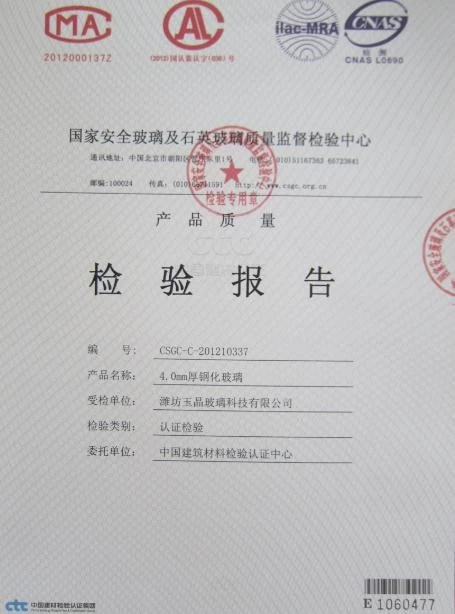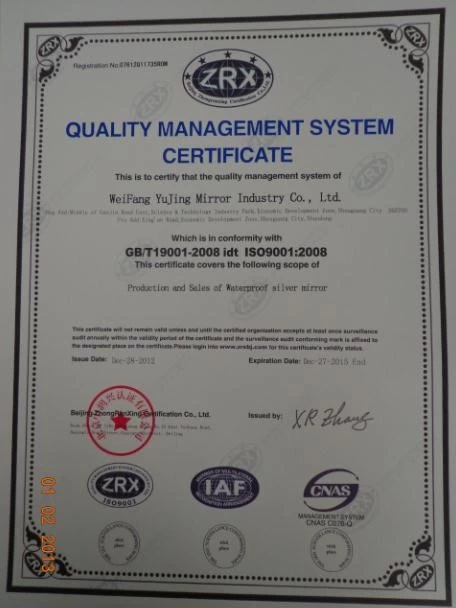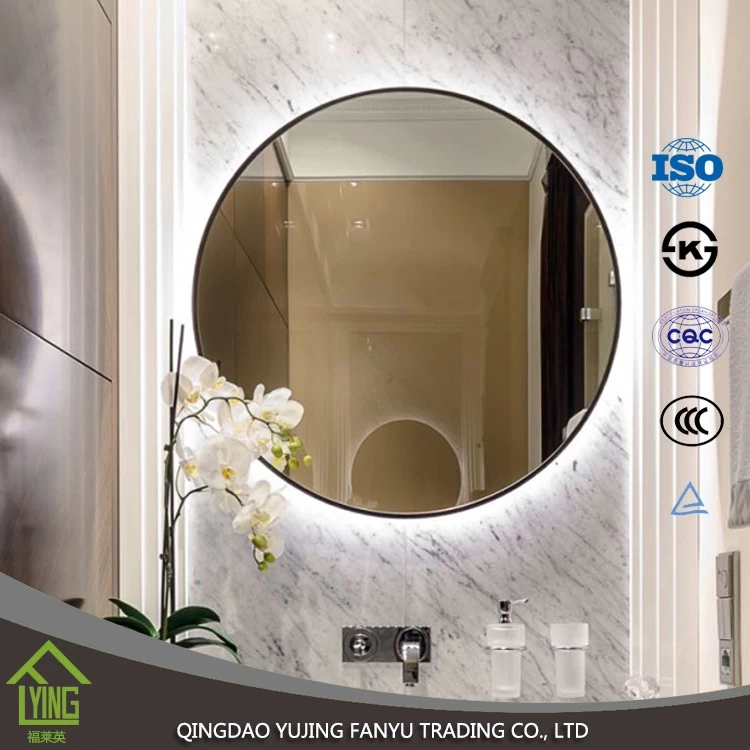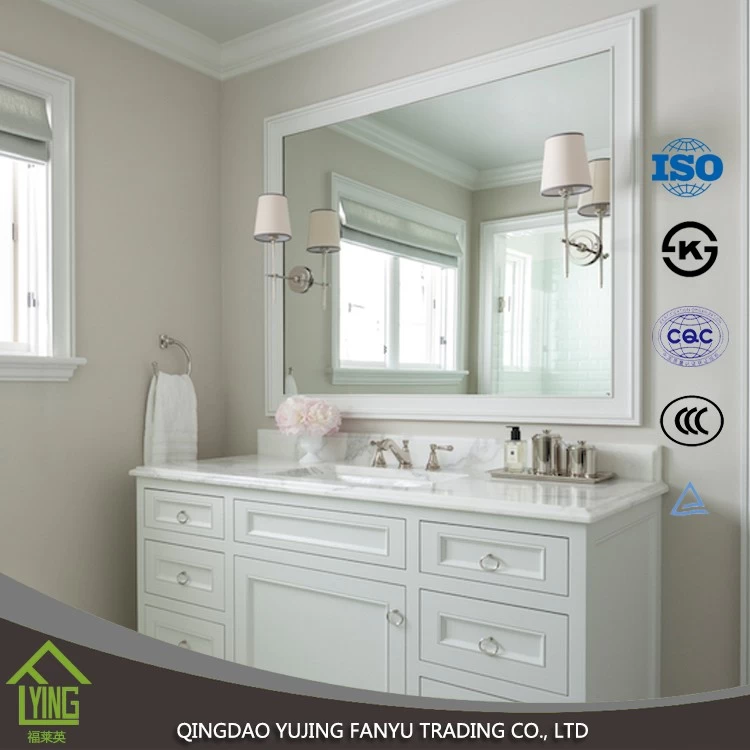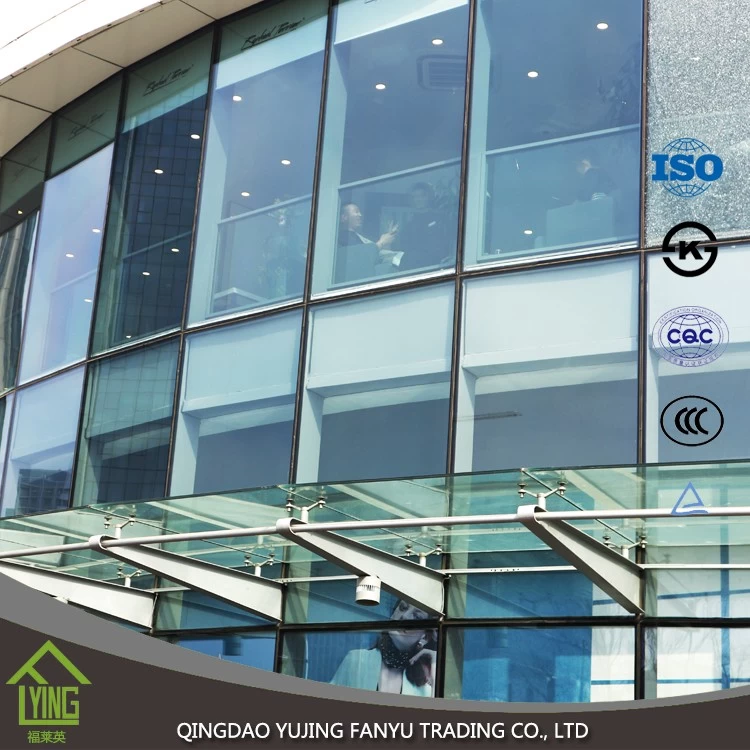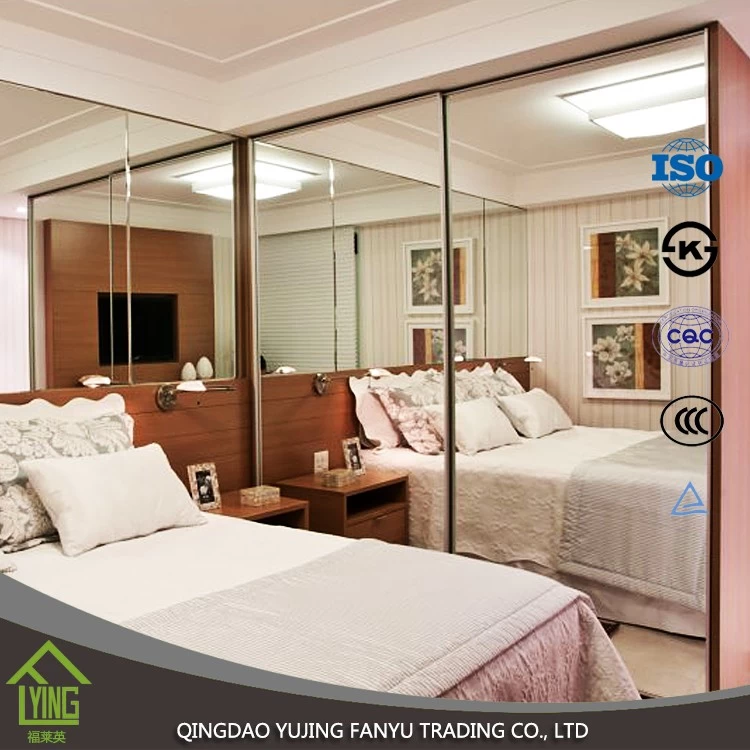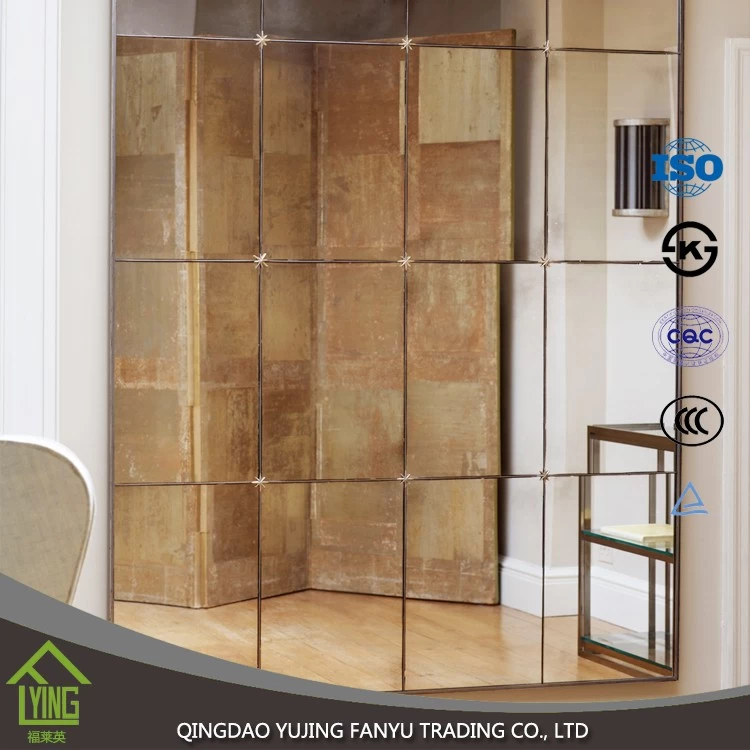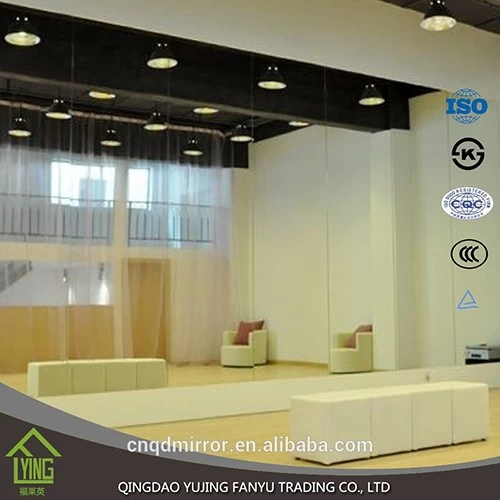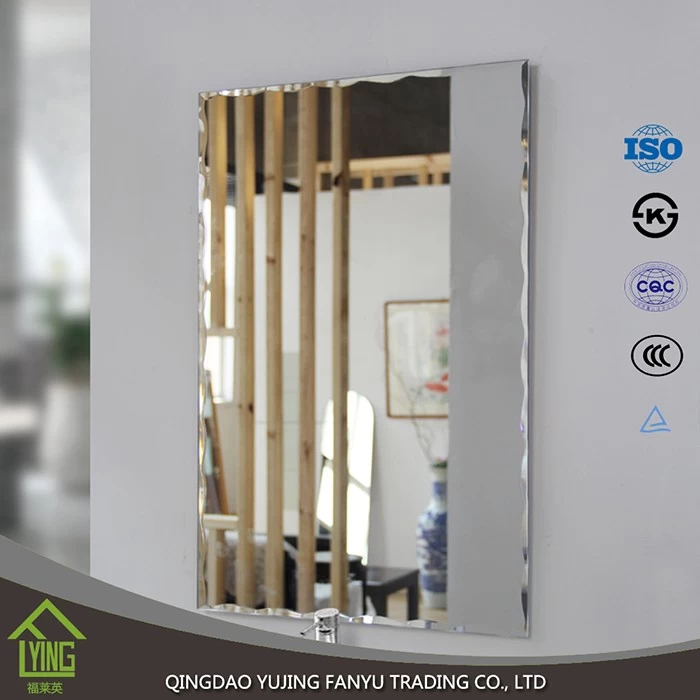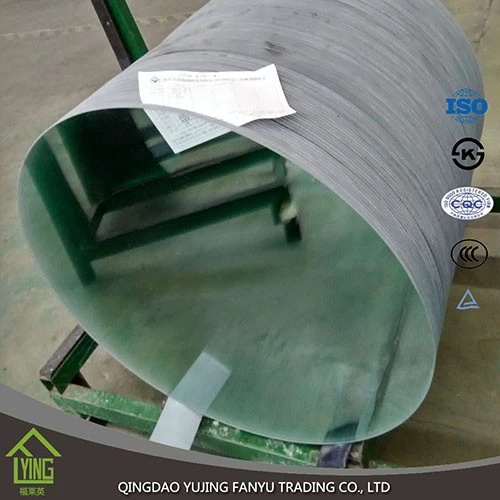The most comprehensive introduction of low-e glass
fanyumaoyi
chinamirrormanufacturer.com
2016-11-29 09:56:15
1, what is LOW-E?
Low-e glass, low-e glass, which is on the surface of the glass coating, glass emissivity e formed from 0.84 to 0.15 per cent.
2, low-e glass has a what are the characteristics?
① high IR reflectivity, direct reflex far infrared heat radiation.
② low surface emissivity e, ability to absorb outside energy is small, so as to emit less heat.
③ SC Sc range, based on the need to control the amount of solar energy through in order to meet the needs of different regions.
3, why low-e coatings to reflect heat?
Low-e coating layer coated with a silver in silver over 98% of far-infrared radiation can be reflected, thereby directly reflect heat like a mirror reflects light. LOW-E SC Sc from 0.2 to 0.7, which can be regulated as required incoming direct solar radiation
4, mature coated glass technology there are what?
There are two main types: on-line coating, vacuum magnetron sputtering coating (also known as offline coating).
Online coated glass is float glass production line manufacturing, this single, bad heat-reflective glass varieties and low manufacturing costs. Its only advantage is it can heat bending process.
Off-line coated glass varieties rich, good heat reflective characteristics and energy-saving clear. The downside is not bending process.
5, low-e glass can be used in single-chip?
Vacuum magnetron sputtering process of low-e glass cannot be used in single-chip, only synthesisInsulating glassOr laminated glass. Emissivity e but it's far less than 0.15, and can be as low as 0.01.
Online coating technology of low-e glass can be used in single-chip, but its radiance E=0.28, strictly speaking be called low-e glass (scientific objects known as low emissivity e ¡ü 0.15 radiation objects).
6, low-e glass in summer and winter, respectively how is work?
In winter, the indoor temperature is higher than outside, far-infrared heat radiation from indoor, low-e glass can be reflected back to the room thereby maintaining indoor heat diarrhoea. From the outdoor portion of solar radiation, low-e glass can still access room, part of this energy is absorbed by the indoor objects and then go into the far infrared radiation, and is left in the room.
In summer, outdoor temperature is higher than the Interior, far-infrared heat radiation, mainly from outside the city, low-e glass can be reflected in order to prevent heat escaping into the room. From outdoor solar radiation, can choose low shading coefficient of low-e glass to limit the enter the room, thereby reducing the cost (air conditioning).
7, in low-e insulating glass, what effect does argon have?
Argon is an inert gas, its heat worse than air, so filled with hollow glass insulating glass u-value can be reduced, increasing the heat insulation of the insulating glass. Low-e insulating glass, argon also has a role in protecting low-e film.
8, low-e glass attenuation of ultraviolet rays?
Compared with a single piece of transparent glass, low-e glass can reduce the UV 25%. Compared with the heat-reflective coated glass, low-e glass can reduce the UV 14%.
Low-e glass, low-e glass, which is on the surface of the glass coating, glass emissivity e formed from 0.84 to 0.15 per cent.
2, low-e glass has a what are the characteristics?
① high IR reflectivity, direct reflex far infrared heat radiation.
② low surface emissivity e, ability to absorb outside energy is small, so as to emit less heat.
③ SC Sc range, based on the need to control the amount of solar energy through in order to meet the needs of different regions.
3, why low-e coatings to reflect heat?
Low-e coating layer coated with a silver in silver over 98% of far-infrared radiation can be reflected, thereby directly reflect heat like a mirror reflects light. LOW-E SC Sc from 0.2 to 0.7, which can be regulated as required incoming direct solar radiation
4, mature coated glass technology there are what?
There are two main types: on-line coating, vacuum magnetron sputtering coating (also known as offline coating).
Online coated glass is float glass production line manufacturing, this single, bad heat-reflective glass varieties and low manufacturing costs. Its only advantage is it can heat bending process.
Off-line coated glass varieties rich, good heat reflective characteristics and energy-saving clear. The downside is not bending process.
5, low-e glass can be used in single-chip?
Vacuum magnetron sputtering process of low-e glass cannot be used in single-chip, only synthesisInsulating glassOr laminated glass. Emissivity e but it's far less than 0.15, and can be as low as 0.01.
Online coating technology of low-e glass can be used in single-chip, but its radiance E=0.28, strictly speaking be called low-e glass (scientific objects known as low emissivity e ¡ü 0.15 radiation objects).
6, low-e glass in summer and winter, respectively how is work?
In winter, the indoor temperature is higher than outside, far-infrared heat radiation from indoor, low-e glass can be reflected back to the room thereby maintaining indoor heat diarrhoea. From the outdoor portion of solar radiation, low-e glass can still access room, part of this energy is absorbed by the indoor objects and then go into the far infrared radiation, and is left in the room.
In summer, outdoor temperature is higher than the Interior, far-infrared heat radiation, mainly from outside the city, low-e glass can be reflected in order to prevent heat escaping into the room. From outdoor solar radiation, can choose low shading coefficient of low-e glass to limit the enter the room, thereby reducing the cost (air conditioning).
7, in low-e insulating glass, what effect does argon have?
Argon is an inert gas, its heat worse than air, so filled with hollow glass insulating glass u-value can be reduced, increasing the heat insulation of the insulating glass. Low-e insulating glass, argon also has a role in protecting low-e film.
8, low-e glass attenuation of ultraviolet rays?
Compared with a single piece of transparent glass, low-e glass can reduce the UV 25%. Compared with the heat-reflective coated glass, low-e glass can reduce the UV 14%.
